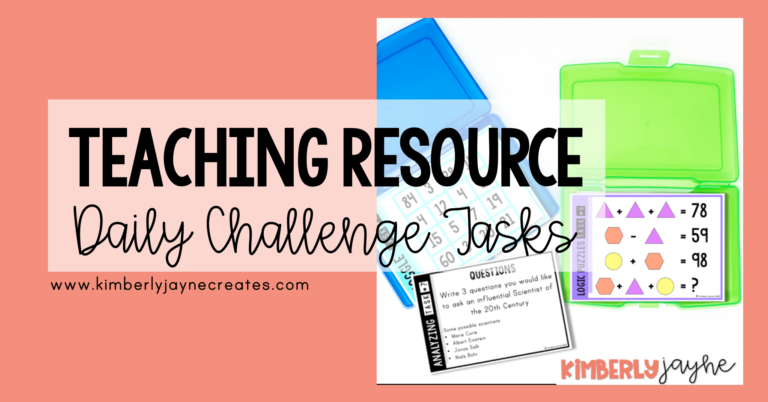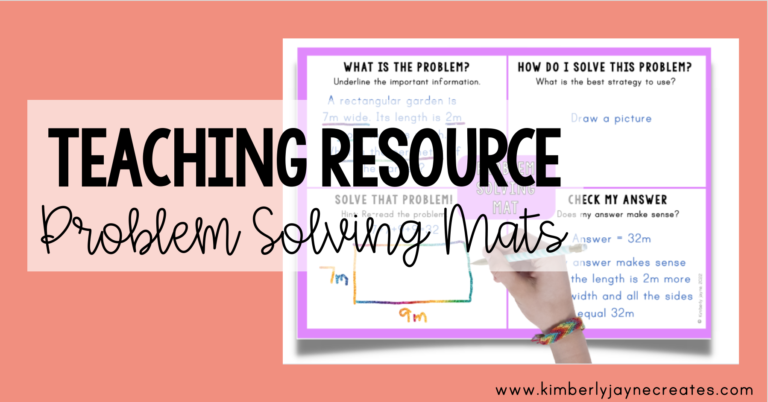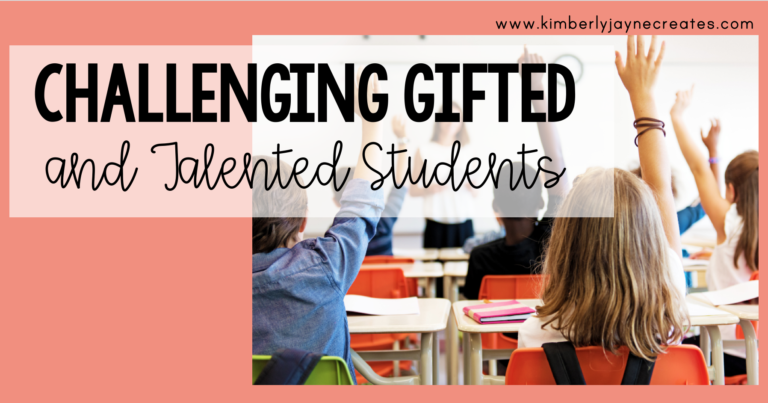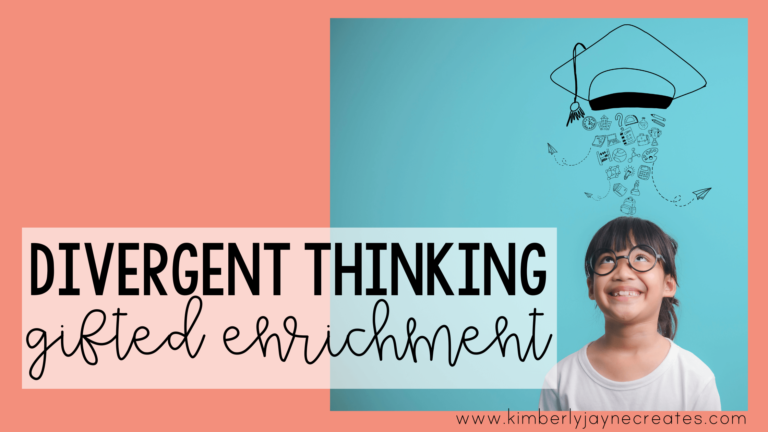Twice Exceptional: Gifted and Learning Disabled
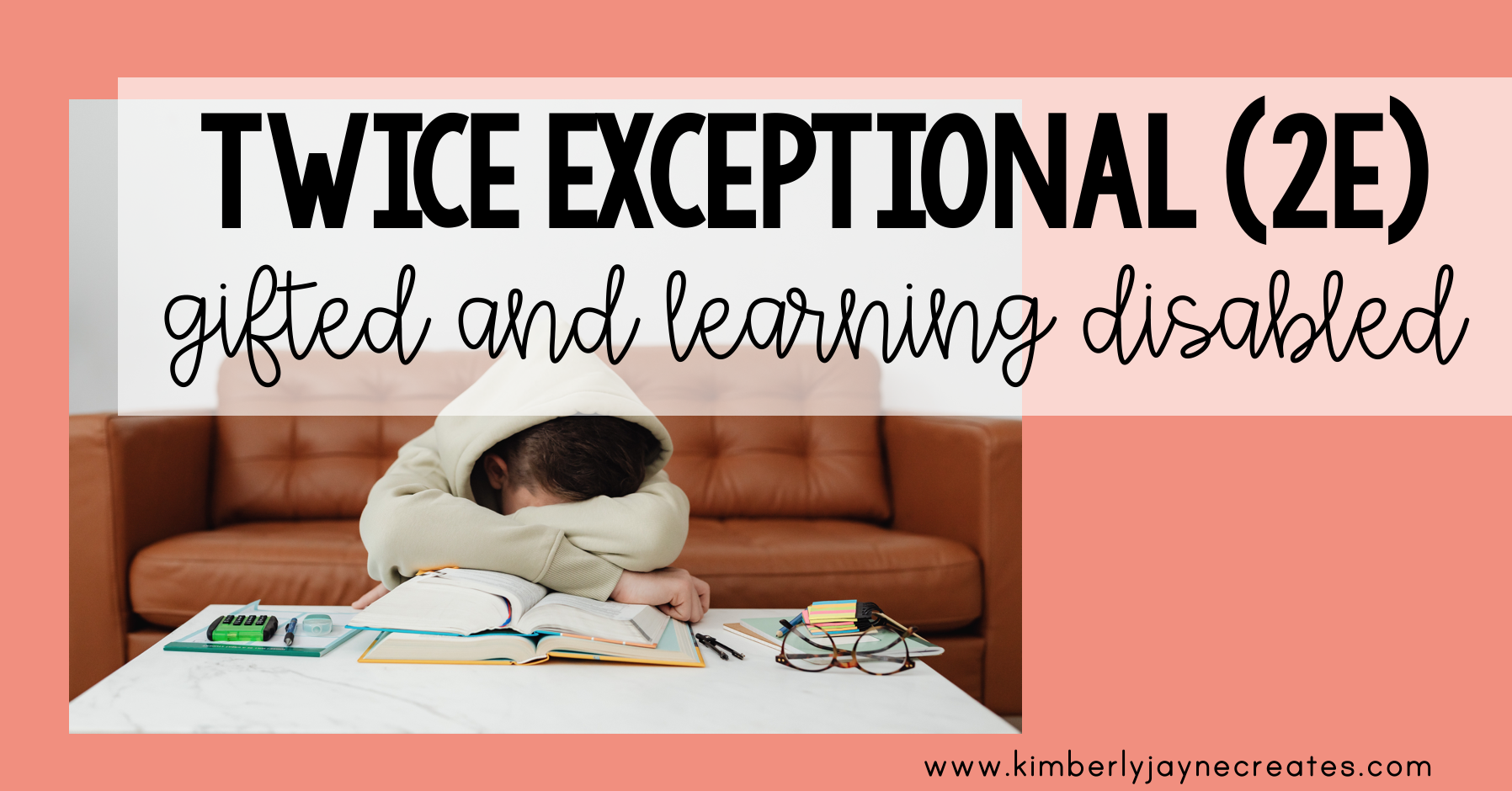
What is Twice Exceptional (2e)?
Twice exceptional (2e) isn’t quite how is sounds.
A twice exceptional learner is one whom not only has the potential for high achievement, but also has a learning disability of difficulty.
These disabilities may include dyslexia, dysgraphia, dyscalculia, auditory processing disorder, physical disabilities, autism spectrum, or other impairments such as attention deficit hyperactivity disorder (ADHD).
It is a myth that gifted students can’t have a disability or learning difficulty. Read here for more myths about gifted students.
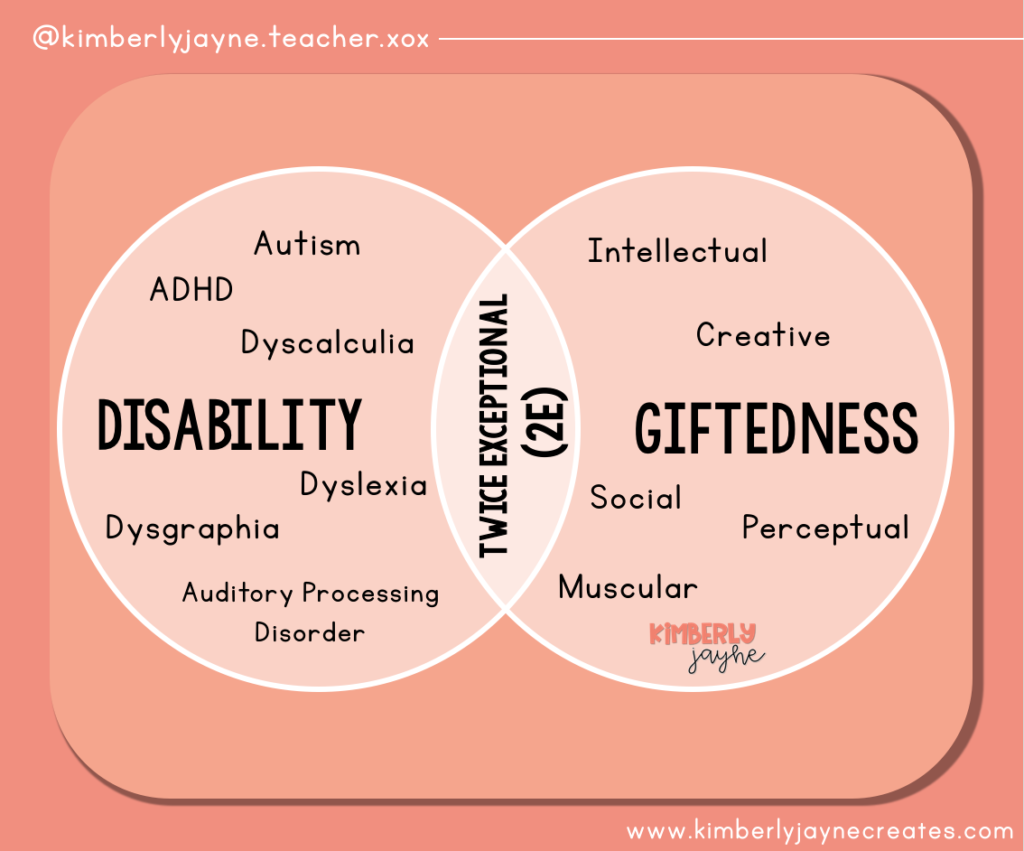
Why Does it Matter?
Imagine you are known as the ‘smart kid’ yet you can’t seem to manage to do seemingly simple tasks throughout the day, constantly. It has a huge impact on self-worth.
2-5% of all learners are considered twice exceptional (Fine, 2011). Students who are 2e can be difficult to understand. Their strengths might mask their disability, making learning difficulties hard to spot and their disability might mask their intelligence. In a lot of cases neither the disability nor the giftedness is recognised, and the student may just seem average. Leaving the 2e student without the diagnosis or support they need.
Overlooking both the difficulties and the strengths experienced by the 2e students can lead to poor outcomes in both academics and student wellbeing. It can cause emotional issues such as poor self-esteem and self-image as well as behavioural issues, with students acting out in frustration.
What Can We Do as Educators?
In the words of “Rita Pierson – Every kid needs a champion!”
As educators it is imperative that we cater to this at-risk group of students. We need to utilise a strength-based approach when planning accommodations for our 2e students. Strategies to support 2e learners (King, 2005; Willard-Holt, Weber, Morrison, & Horgan, 2013):
- Utilise a strength-based approach first and foremost: identify and nurture their strengths, provide opportunities for choice, provide daily challenge in areas of strength.
- Address the needs of 2e students: scaffold areas of difficulty, provide visuals, allow assistive technologies, explicitly teach organisational and other executive functioning skills, allow for multiple ways to respond to content and show understanding.
- Support the social and emotional needs of 2e students: Allow additional time for task completion, help 2e students develop skills to advocate for themselves, teach mindfulness techniques, provide a safe welcoming classroom that fosters respect for individual differences, help them find like-minded friends.
- Recognise underachievement: A 2e learner who seems to be performing averagely or underachieving needs support to reach their full potential. Create a balance of activities that provide both challenge and remediation.
- Collaborate and communicate to give optimal support to 2e students: Invite key stakeholders to planning meetings. Involve parents as well as school personnel such as therapists, educational psychologists and school admin.
Daily Challenge
Every gifted student deserves to be given daily challenge! Here are some resources that will help provide daily challenge to your 2e learners:
